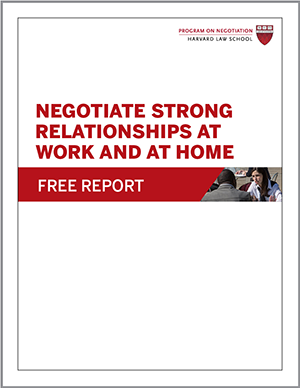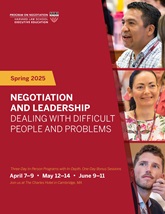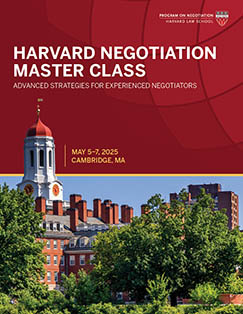
Alternative dispute resolution, or ADR, is a process in which a neutral third party—a mediator or arbitrator—helps parties who are embroiled in a dispute come to agreement. Mediation and arbitration (see also Arbitration vs Mediation and the Conflict Resolution Process in Alternative Dispute Resolution (ADR)) are types of alternative dispute resolution because they offer an alternative to litigation.
Alternative Dispute Resolution Definition: Coalitions
Labor unions are the most obvious example of negotiating coalitions through alternative dispute resolution. If an individual employee made demands of its employer, the company could threaten to hire someone else. But when employees bargain collectively, they largely avoid the need to compete with each other and typically achieve a more competitive compensation and benefits package than they would have negotiated on their own. Coalitions such as unions can also benefit the party across the table by creating a more efficient negotiation process.
Fast-Food Wages and Unionization
Back in November, 2013 dozens of employees at several fast-food restaurants in New York City walked off their jobs and demanded better pay and unionization. In doing so, they launched what is believed to be the largest coordinated campaign in the United States to unionize fast-food workers from different restaurants, reports Steven Greenhouse in the New York Times.
The campaign, called Fast Food Forward, is backed by community and civil rights groups, religious leaders, and a labor union. Forty full-time organizers enlisted workers at restaurants such as McDonald’s, Wendy’s, and Taco Bell to protest low wages and retaliation against several workers who backed the campaign. At one McDonald’s, 14 of the 17 employees scheduled to work the morning shift reportedly had gone on strike.
New York Communities for Change
Jonathan Westin, the organizing director at the community group New York Communities for Change, who helped organize the effort, told Greenhouse that many fast-food workers resort to public assistance because they cannot survive on their salaries. The minimum wage in New York State was about $7.25 an hour, and the median pay for fast-food workers in New York City was about $9 an hour, or about $18,500 per year, according to the State Labor Department.
New York Communities for Change has successfully unionized low-wage workers at a number of New York car washes and supermarkets.
Efforts to Unionize Fast-Food Workers
According to City University of New York sociology professor Ruth Milkman, efforts to unionize fast-food workers are rare because of the logistical difficulties – fast-food jobs have very high turnover that makes organizing difficult. But she said the fact that the campaign was taking place in New York, a city with deep union roots, could lend it some success.
Cornell University labor relations professor Richard W. Hurd said organizers were likely to have more success securing wage and benefit gains from national fast-food restaurants than union recognition, as parent companies were likely to fight unionization movements that could spread beyond New York.
From the workers’ perspective, the appeal of unionizing is easy to understand. As we have discussed in previous issues of the Negotiation newsletter, negotiators in a weak position can gain leverage by forming a coalition with other relatively weak parties. Working as part of a coalition, individual members can harness the resources they need to face tough opponents.
As of September 2015, New York OK’d the $15 minimum wage for fast-food workers, an increase that would take a few years, and was pioneered by Governor Cuomo’s 2016 Built to Lead Agenda. As of 2018, the minimum wage in New York City is $15 for businesses with more than 10 employees, and $13.50 for those with 10 or less. Next year, it will be $15 for all businesses in New York City.
Does this alternative dispute resolution definition solve your question? What else would you like to know?
Originally published January 2013.




